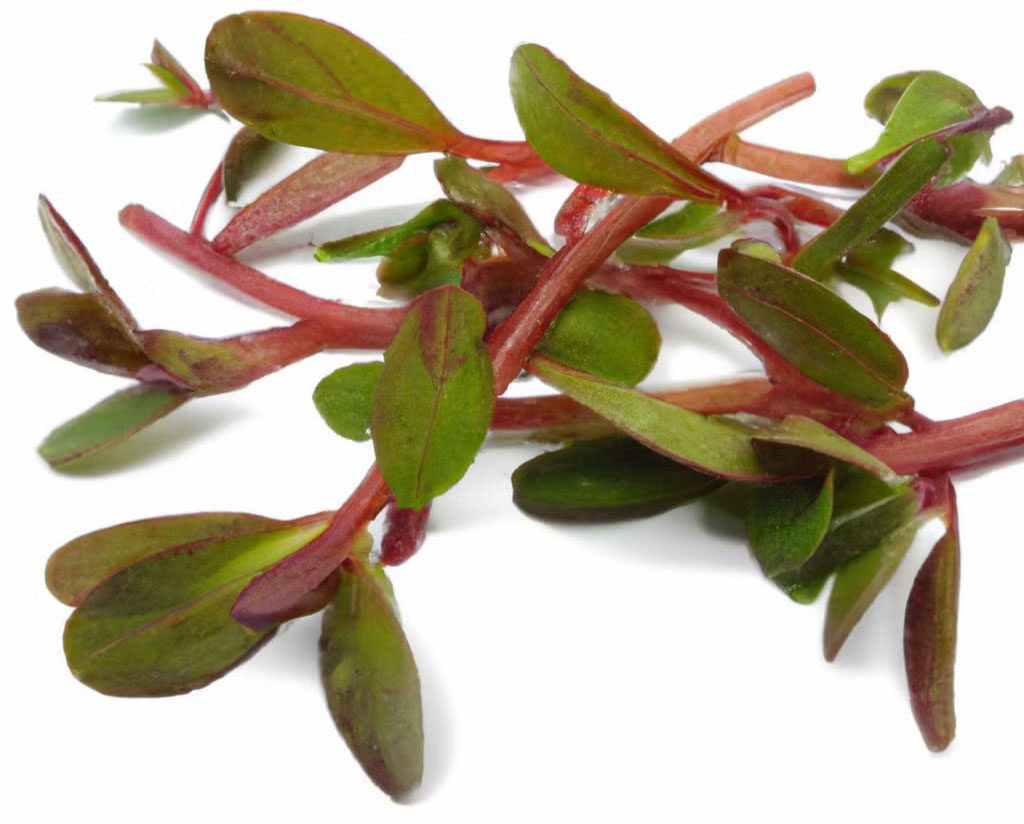Botanical Name: Portulaca oleracea
Also Called: Little Hogweed, Verdolaga
Purslane is a leafy green succulent plant with a long history of culinary and medicinal uses across various cultures. Native to the Mediterranean region, it has spread across the globe and thrives in warm climates, often growing as a weed but prized for its nutritional value and versatility in cooking.
Purslane is a low-growing plant with fleshy, oval-shaped leaves and thick stems that vary in color from green to reddish. The plant spreads horizontally, often forming mats, and produces small yellow flowers. Both the leaves and stems are edible, offering a slightly tangy, lemony flavor with a mild, peppery bite. The texture is succulent and crunchy, making it a refreshing addition to many dishes.
Purslane is often hailed as a superfood due to its impressive nutritional profile. It is one of the richest plant sources of omega-3 fatty acids, which are essential for heart and brain health. Additionally, purslane is high in vitamins A, C, and E and important minerals like magnesium, calcium, potassium, and iron. It’s also packed with antioxidants and provides dietary fiber, making it an excellent choice for promoting overall health.
Purslane’s bright, lemony flavor and crisp texture make it a versatile ingredient in a wide range of dishes. In Mediterranean and Middle Eastern cuisines, it is often used in salads, where its tartness complements other fresh vegetables like tomatoes, cucumbers, and onions. Its slightly sour taste pairs well with rich ingredients like yogurt or olive oil in salads and mezze spreads.
It can also be cooked, either sautéed or added to soups and stews, where its flavor mellows and its texture softens, similar to spinach or other leafy greens. In Mexican cuisine, purslane is often used in traditional dishes like tacos, omelets, or soups, adding a nutritious boost to everyday meals. Purslane can also be pickled or used as a garnish for a variety of hot and cold dishes.

